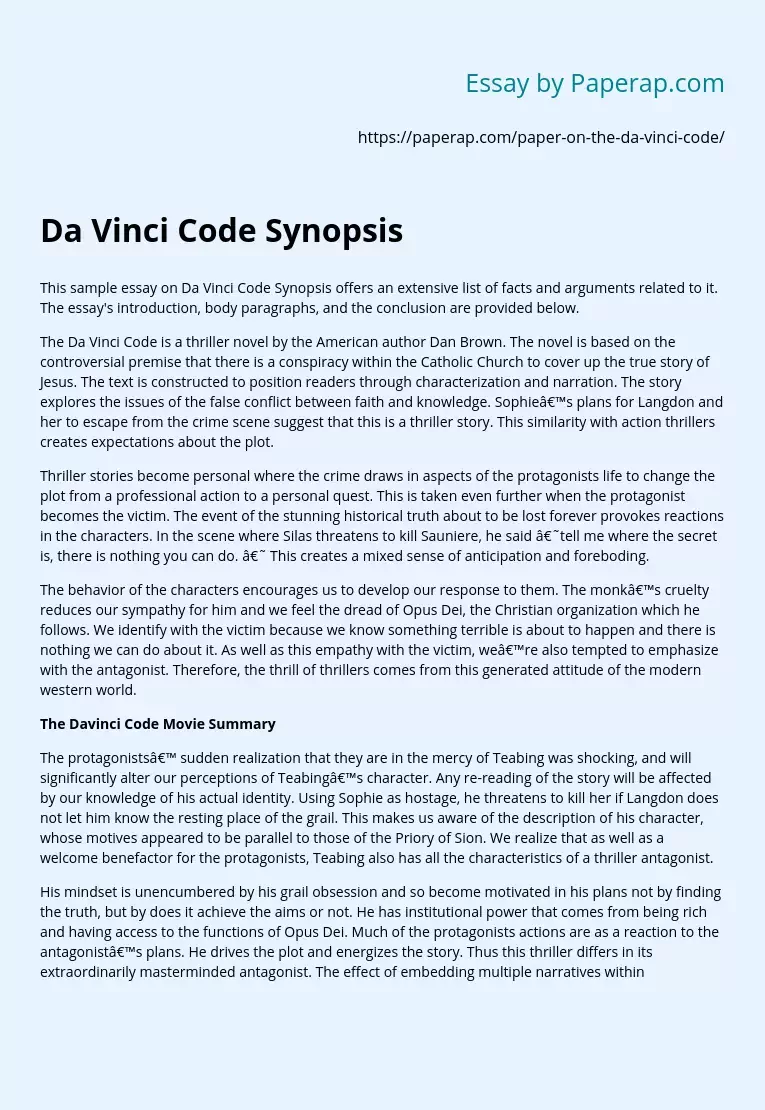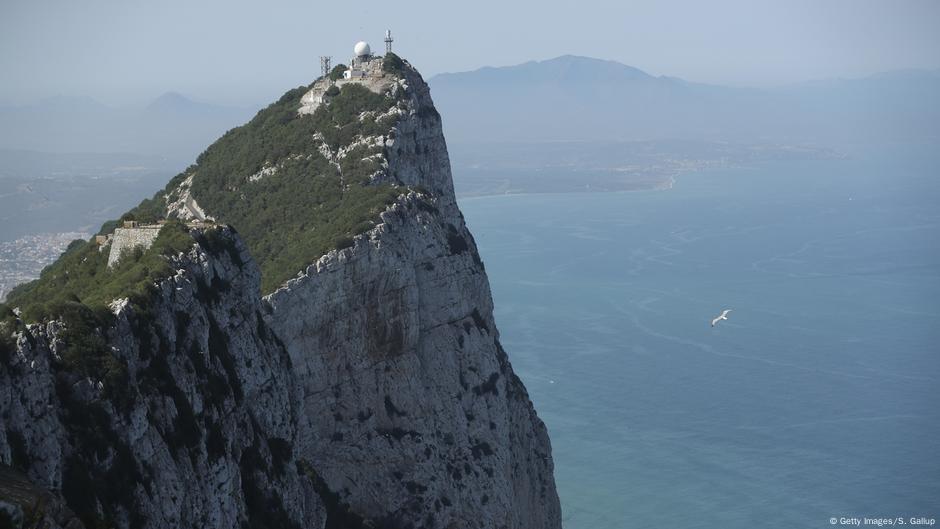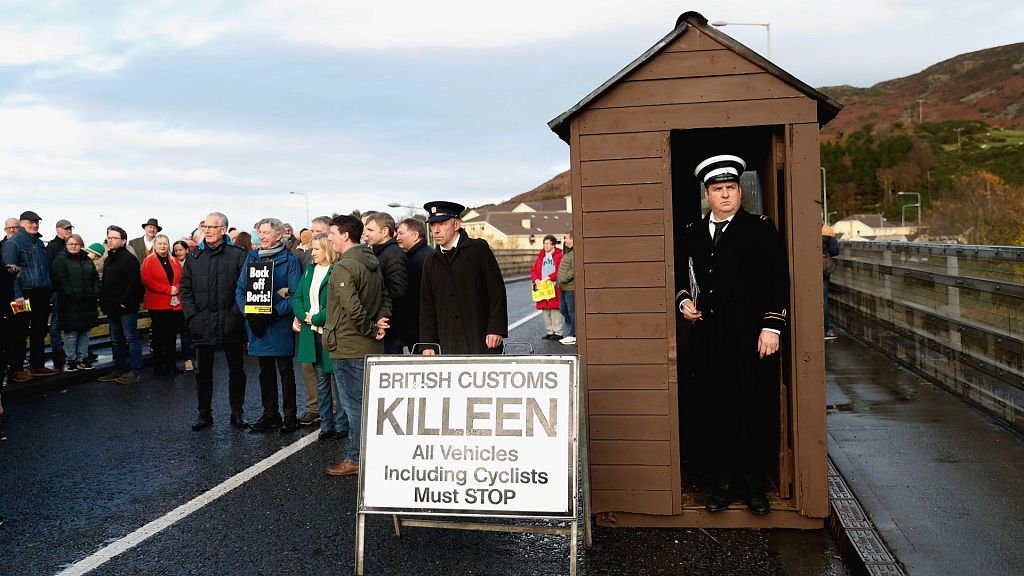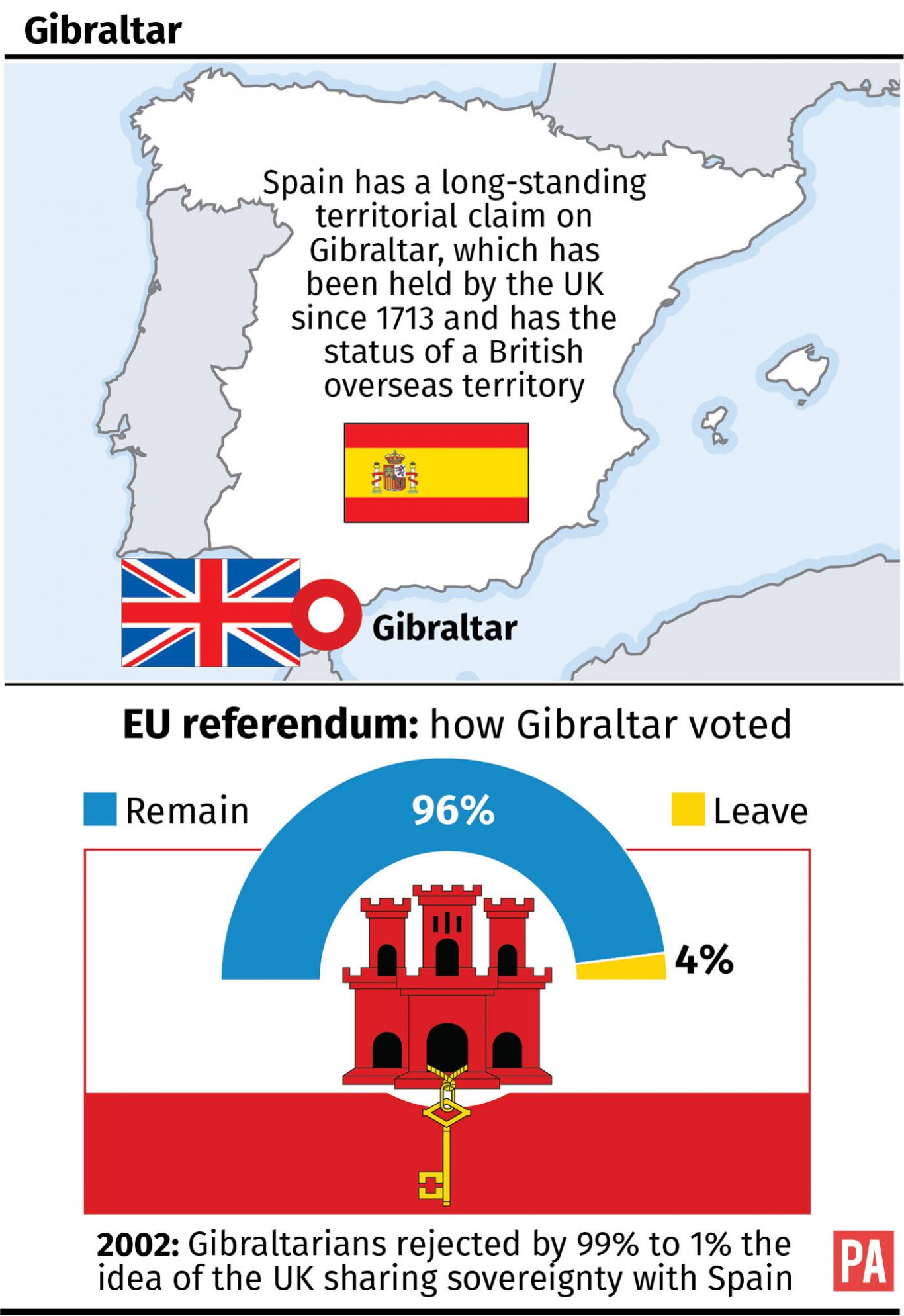A Critical Analysis Of The Da Vinci Code And Its Impact

Table of Contents
The Da Vinci Code's Narrative and its Historical Accuracy
The Da Vinci Code's success hinges on its captivating narrative, but this narrative is built on a foundation of historical liberties. The novel masterfully intertwines fact and fiction, creating a compelling story while simultaneously prompting questions about the reliability of historical narratives.
Fictionalization vs. Fact
Dan Brown takes significant creative liberties with historical figures and events. The novel presents a highly fictionalized account of historical figures like Jesus Christ and Mary Magdalene, significantly altering their roles and relationships. The book also manipulates historical documents and artifacts, presenting them in a way that supports its central conspiracy theory.
- Examples of historical inaccuracies: The novel misrepresents the historical context of the Priory of Sion, a real but relatively obscure organization, and exaggerates its historical influence. The depiction of the Holy Grail and its connection to Mary Magdalene is largely a product of the novel’s imaginative storytelling.
- The use of historical figures (Jesus, Mary Magdalene): Brown portrays Jesus and Mary Magdalene as having a romantic relationship and secret descendants, a claim unsupported by historical evidence. This portrayal has been a major source of contention, particularly within religious communities.
- The manipulation of historical documents: The novel's interpretation of Leonardo da Vinci's artwork and other historical documents is selective and often misrepresents the historical context. The importance of understanding the author's intent and historical context when interpreting such works is crucial. The importance of separating fact from fiction in historical narratives cannot be overstated. While The Da Vinci Code succeeds as a work of fiction, its reliance on historical inaccuracies raises questions about its responsibility to readers.
The Role of Conspiracy Theories
A key element of The Da Vinci Code's appeal lies in its embrace of conspiracy theories. The novel skillfully weaves together historical events and figures, creating a plausible (albeit fictional) narrative around a centuries-long conspiracy to suppress the truth about Jesus and his family.
- Specific conspiracy theories presented in the novel: The novel presents the theory that the Catholic Church suppressed knowledge of Jesus's marriage to Mary Magdalene and the existence of his descendants. This, along with the supposed secrets of the Priory of Sion, forms the core of the book's plot.
- The psychological appeal of conspiracy theories: Conspiracy theories often tap into a sense of unease and distrust of established institutions. The Da Vinci Code leverages this by presenting a compelling narrative that questions the official version of history.
- The blurring of lines between fiction and reality: The novel’s success lies partly in its ability to blur the line between fiction and reality. This makes it engaging, but also raises ethical questions regarding the potential to mislead readers who may not differentiate between fact and fiction.
The Novel's Use of Symbolism and Allegory
The Da Vinci Code is rich in symbolism and allegory, contributing significantly to the novel's suspense and thematic depth. These symbols and allegorical interpretations serve to both enhance the mystery and drive the narrative forward.
- Key symbols (Holy Grail, Priory of Sion): The Holy Grail, in the novel, transcends its traditional religious meaning, becoming a symbol of hidden knowledge and a lineage linked to Jesus. The Priory of Sion, a real but historically insignificant organization, is presented as a powerful secret society protecting this knowledge.
- The interpretation of symbolic meanings: The novel's interpretations of religious symbols and artwork are often subjective and open to different interpretations. This encourages debate and discussion, but also risks misrepresentation of historical and artistic contexts.
- The impact of allegorical interpretations on the reader's experience: The use of allegory enhances the reader's engagement by inviting them to actively participate in interpreting the symbols and uncovering the hidden meaning within the narrative.
The Da Vinci Code's Impact on Popular Culture and Academia
The Da Vinci Code's impact extended far beyond its initial readership, sparking significant changes in popular culture and igniting heated debates within academic circles.
Increased Interest in Religious History and Art History
The novel's publication triggered a surge in interest in religious history and art history. While the nature of this interest is debatable, it undeniably had a substantial impact.
- Increased tourism to sites mentioned in the book: Locations featured in the novel experienced a significant boost in tourism, indicating a wider interest in the historical sites and art mentioned in the book.
- The rise in sales of relevant historical books and documentaries: The novel stimulated a market for books and documentaries focusing on religious history, art history, and related topics, indirectly contributing to the increased understanding of these fields.
- Academic criticisms of the novel's historical claims: Academics widely criticized the novel’s historical inaccuracies and misrepresentations, leading to numerous scholarly articles and books refuting its claims.
The Debate Surrounding Religious Beliefs
The Da Vinci Code's portrayal of Christianity and the Catholic Church provoked intense controversy and generated significant public and academic discussions.
- Responses from religious institutions: The Catholic Church and other religious organizations issued strong criticisms of the novel's historical and theological claims, viewing it as a distortion of Christian history and beliefs.
- Public discussions and debates: The novel spurred widespread public discussions and debates regarding religious beliefs, prompting critical examinations of historical interpretations and theological viewpoints.
- The role of the novel in challenging religious dogma: Although unintentional for many, The Da Vinci Code contributed to a wider public discourse challenging religious dogma and encouraging individuals to question traditional interpretations of religious history.
The Novel's Influence on Subsequent Fiction
The Da Vinci Code's success significantly influenced subsequent works of historical fiction and thriller novels. Many authors adopted similar narrative styles and tropes.
- Examples of novels influenced by The Da Vinci Code: Numerous books followed, incorporating elements of religious conspiracy, historical mysteries, and fast-paced action sequences similar to those found in Brown's novel.
- The impact on the thriller genre: The novel's success revitalized the historical thriller genre, inspiring numerous authors to explore similar themes and narrative structures.
- The evolution of historical fiction: While criticized for its inaccuracies, The Da Vinci Code demonstrated the potential of historical fiction to engage a broad readership, pushing the boundaries of the genre.
A Critical Evaluation of The Da Vinci Code's Literary Merit
While its historical accuracy is debatable, The Da Vinci Code possesses certain undeniable literary strengths and weaknesses.
Narrative Structure and Pacing
The novel employs a fast-paced narrative structure, employing cliffhangers and plot twists to maintain reader engagement.
- Strengths of the narrative: The pacing is well-maintained, keeping the reader constantly engaged and curious about the next revelation. The plot twists and cliffhangers create a sense of urgency and suspense.
- Weaknesses of the narrative: Some critics point to a lack of depth in character development and a reliance on coincidence to drive the plot forward. The narrative can feel somewhat formulaic at times.
- Overall assessment of the plot: The plot is undeniably compelling and effective in its ability to captivate a large audience, even if it relies on certain narrative shortcuts.
Character Development and Dialogue
The novel's characters, while central to the plot, are sometimes criticized for lacking depth and complexity.
- Analysis of key characters (Robert Langdon, Sophie Neveu): While Langdon and Neveu are central to the narrative, their development is often superficial, focusing more on their roles in driving the plot than on their internal struggles or personal growth.
- The effectiveness of the dialogue: The dialogue serves mainly to advance the plot, often feeling functional rather than natural or revealing of character.
- The overall impact of character development: The lack of profound character development limits the emotional impact of the story and hinders a deeper connection between the reader and the characters.
Overall Literary Achievement
The Da Vinci Code's literary merit is a subject of ongoing debate. While critically flawed in its historical accuracy, its success undeniably lies in its ability to captivate a vast audience.
- Strengths and weaknesses in terms of literary merit: The novel excels in creating suspense and maintaining a fast pace. However, it suffers from a lack of depth in character development and historical accuracy.
- Lasting impact: Regardless of its historical flaws, The Da Vinci Code significantly impacted the popular culture landscape and the historical fiction genre.
- Overall critical assessment: While not a masterpiece of literary fiction, The Da Vinci Code remains a significant cultural phenomenon that deserves critical analysis for its impact and lasting legacy.
Conclusion
The Da Vinci Code, despite its controversial historical inaccuracies, has had a profound impact on popular culture, sparking widespread interest in religious history and art history, igniting debates about religious beliefs, and influencing the evolution of historical fiction. Its success, while partially based on a compelling but flawed narrative, cannot be denied. It is crucial to approach the novel critically, appreciating its narrative strengths while acknowledging its limitations and the importance of separating fact from fiction. We encourage you to delve deeper into the Da Vinci Code phenomenon, explore the historical controversies it ignited, and engage in further discussions surrounding its interpretations. Further research into the historical context and relevant academic studies will allow for a more nuanced understanding of this enduring cultural touchstone. Discuss the Da Vinci Code, its legacy, and its continued impact on our understanding of history and fiction.

Featured Posts
-
 Dog Walking In Didcot For Mental Health Awareness Week
May 13, 2025
Dog Walking In Didcot For Mental Health Awareness Week
May 13, 2025 -
 Thunder Draft Positioning Remains Uncertain Post Season
May 13, 2025
Thunder Draft Positioning Remains Uncertain Post Season
May 13, 2025 -
 Cassie And Alex Fine Red Carpet Debut While Expecting A Child
May 13, 2025
Cassie And Alex Fine Red Carpet Debut While Expecting A Child
May 13, 2025 -
 Will Elsbeth Season 2 Deliver On Its Judge Crawford Promise This Year
May 13, 2025
Will Elsbeth Season 2 Deliver On Its Judge Crawford Promise This Year
May 13, 2025 -
 Elsbeth Season 3 What We Know So Far About The Cast And Release
May 13, 2025
Elsbeth Season 3 What We Know So Far About The Cast And Release
May 13, 2025
Latest Posts
-
 Gibraltar The Lingering Brexit Dispute And The Path Forward
May 13, 2025
Gibraltar The Lingering Brexit Dispute And The Path Forward
May 13, 2025 -
 Gibraltar Et Le Royaume Uni Progres Significatifs Vers Un Accord Post Brexit
May 13, 2025
Gibraltar Et Le Royaume Uni Progres Significatifs Vers Un Accord Post Brexit
May 13, 2025 -
 Nea Epistimonika Stoixeia Gia Ton Megalo Kataklysmo Tis Mesogeioy
May 13, 2025
Nea Epistimonika Stoixeia Gia Ton Megalo Kataklysmo Tis Mesogeioy
May 13, 2025 -
 Coinsilium Group Limited Forzas Gibraltar Launch Highlights
May 13, 2025
Coinsilium Group Limited Forzas Gibraltar Launch Highlights
May 13, 2025 -
 Brexits Gibraltar Problem Ongoing Negotiations And Uncertain Future
May 13, 2025
Brexits Gibraltar Problem Ongoing Negotiations And Uncertain Future
May 13, 2025
